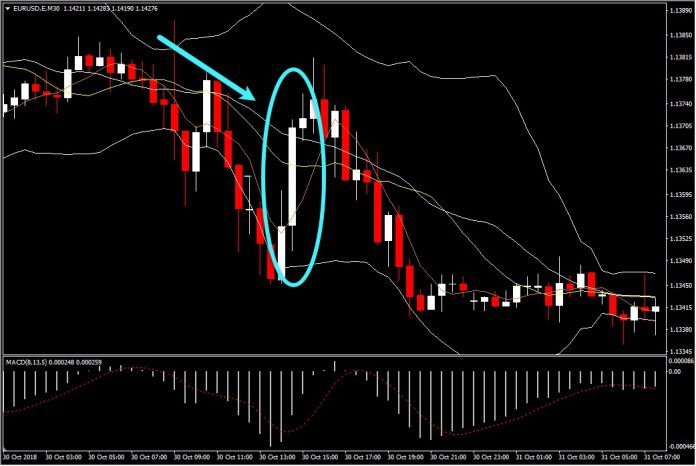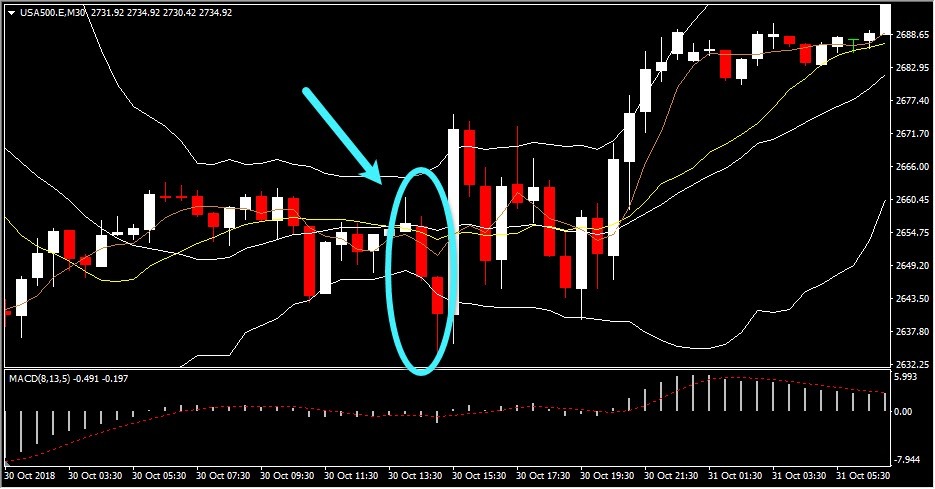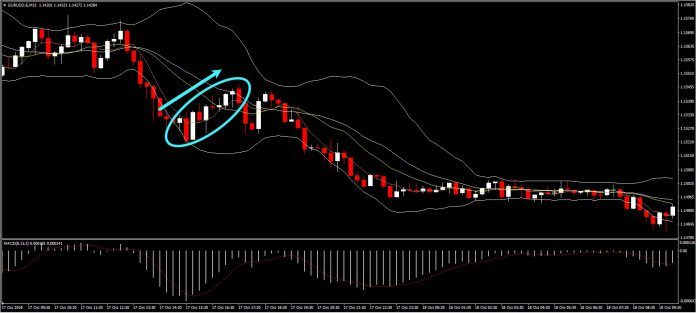Following the 2008 global financial crisis, stemming mostly from developments in the real estate sector, analysts’ and investors’ interest in the housing market grew. The state of the housing market is an important gauge of the overall state of the economy, given that houses are the foremost durable good investment, a type of investment which has been known to increase as income rises.
Nonetheless, there is also a disconnection between housing prices and the economy, given that housing prices may increase substantially because of already made decisions, and despite a slowing in the economy’s growth rate. In essence, housing decisions by households could, to an extent, be irrelevant to the market state and hence the housing market may be sluggish to show signs of deceleration or acceleration after the end of a boom or recession period. Consequently, a weakness in the housing market can be interpreted as a deterioration in the overall market outlook, especially if this persists.
In the US, three types of indices related to housing exist. The most important one is the Case-Shiller index, named after its creators, which illustrates how housing prices are moving in an average of 10 cities. The index provides the best approximation of the housing market, as it allows for a direct observation of how house price inflation is faring, which can be also directly contrasted with the overall inflation rate.
The impact of the index can be viewed in the EURUSD pair (at the top of this post) as well as in the USA500 index which increased and decreased by 100 pips and 1.3% respectively on the announcement that the index came out at 5.5% in August, compared to expectations of 5.8%. However, the Case-Shiller comes out with a significant lag of about two months (the September index is due on November 27) and thus investors and traders need indices with a higher frequency.
To this end, most investors employ Housing Starts and Building Permits as a proxy for economic and housing activity. The idea is that the more houses that are built the more demand there must be for building them as real estate developers would not begin construction if they did not see demand or an increase in prices. In addition, people who build houses for their own use would not push this through if they believed the economy could worsen and they would be left without a job. Naturally, the supply side of housing has been wrong before (e.g. during the financial crisis) but this works relatively well most of the time.
Take, for example, the latest release on October 17. Building permits and housing starts came out worse than expected, forcing the Dollar to drop for a correction which lasted for more than two hours, despite the fact that the numbers were still quite positive. Overall, the correction led to a 200 pip drop of the Dollar, which is translated as a $2000 gain or loss in a standard lot. In essence, the magnitude of the currency change is equal to how the NFPs usually affect the market in the first few minutes after the announcement. The stock market, on the other hand, posed no significant changes.
Disclaimer: Nothing in this communication contains, or should be considered as containing, an investment advice or an investment recommendation or a solicitation for the purpose of purchase or sale of any financial instrument.
Recommended Content
Editors’ Picks
EUR/USD clings to daily gains above 1.0650

EUR/USD gained traction and turned positive on the day above 1.0650. The improvement seen in risk mood following the earlier flight to safety weighs on the US Dollar ahead of the weekend and helps the pair push higher.
GBP/USD recovers toward 1.2450 after UK Retail Sales data

GBP/USD reversed its direction and advanced to the 1.2450 area after touching a fresh multi-month low below 1.2400 in the Asian session. The positive shift seen in risk mood on easing fears over a deepening Iran-Israel conflict supports the pair.
Gold holds steady at around $2,380 following earlier spike

Gold stabilized near $2,380 after spiking above $2,400 with the immediate reaction to reports of Israel striking Iran. Meanwhile, the pullback seen in the US Treasury bond yields helps XAU/USD hold its ground.
Bitcoin Weekly Forecast: BTC post-halving rally could be partially priced in Premium

Bitcoin price shows no signs of directional bias while it holds above $60,000. The fourth BTC halving is partially priced in, according to Deutsche Bank’s research.
Week ahead – US GDP and BoJ decision on top of next week’s agenda

US GDP, core PCE and PMIs the next tests for the Dollar. Investors await BoJ for guidance about next rate hike. EU and UK PMIs, as well as Australian CPIs also on tap.


